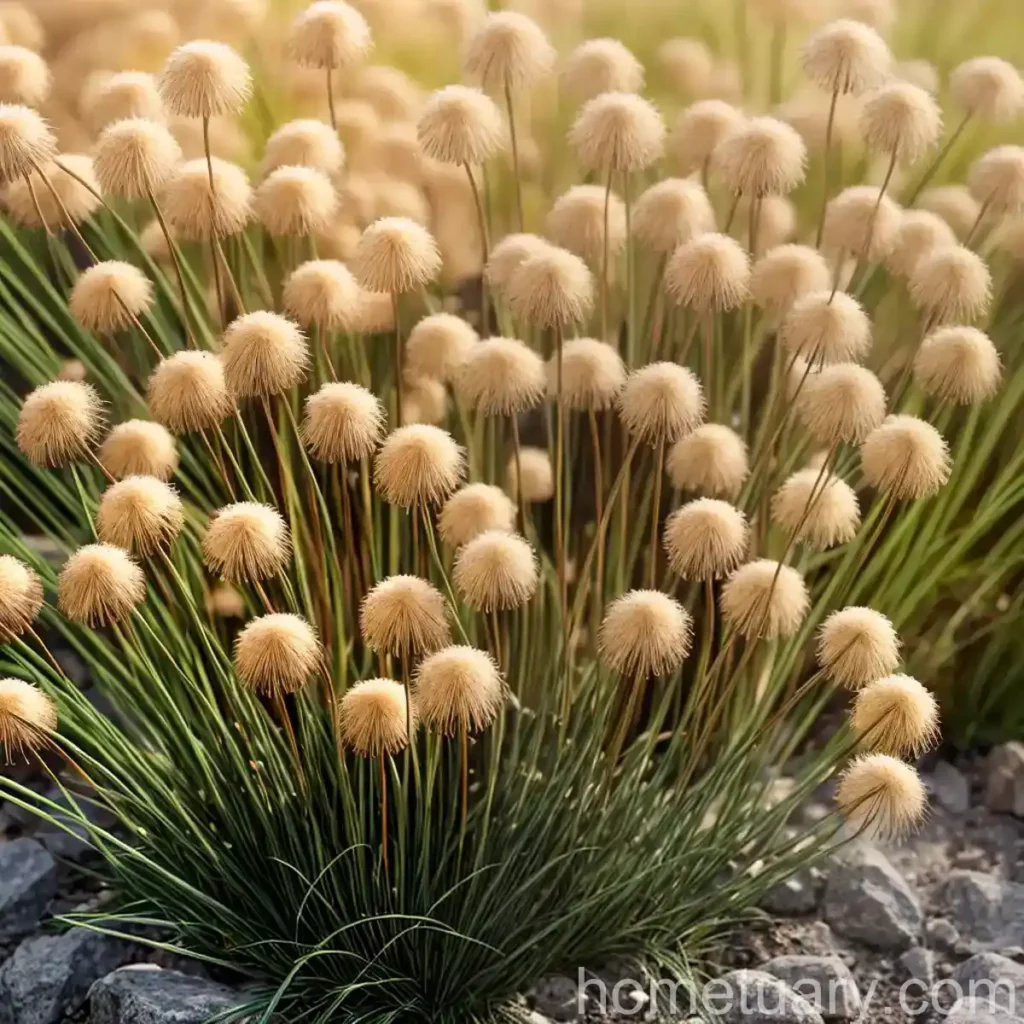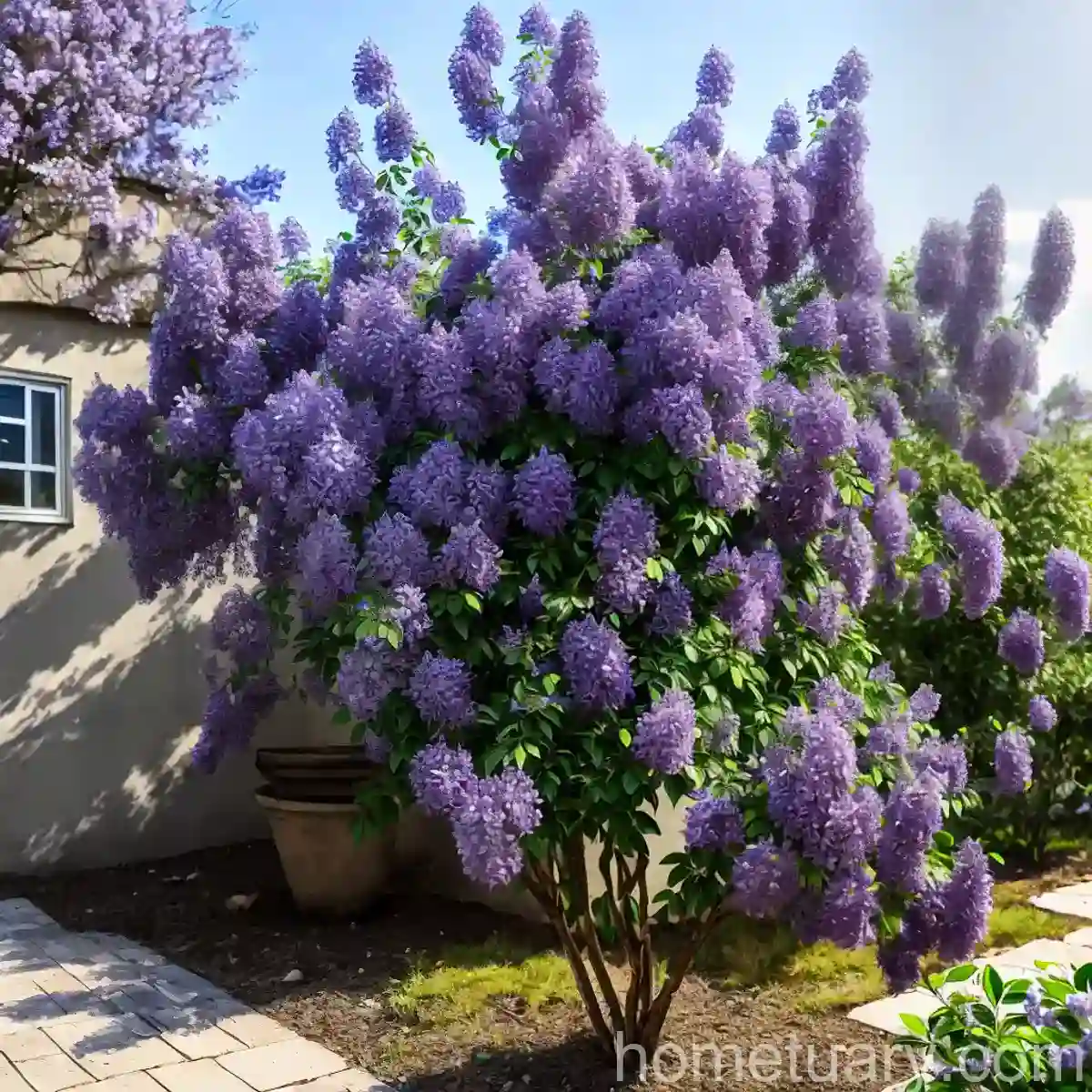All About Rush (Juncus Inflexus)
Introduction
Rush, scientifically known as Juncus inflexus, is a lesser-known but incredibly versatile and visually appealing plant. This resilient species has a wide range of uses, making it a valuable addition to diverse landscapes and garden designs. In this comprehensive guide, we will explore the characteristics, cultivation, maintenance, and unique applications of rush plants.
Plant Name: “Rush (Juncus inflexus)”
What is Plant Rush (Juncus inflexus)?
Juncus inflexus, commonly known as soft rush, is a perennial, tufted, grass-like plant that belongs to the Juncaceae family. It is native to Europe and Asia and has been naturalized in North America. Often found in wetlands, marshes, and along the edges of ponds and streams, rush is characterized by its slender, upright stems and small, brownish flowers that form in dense clusters.
Key Takeaways – Rush (Juncus inflexus)
- Rush plants, scientifically known as Juncus inflexus, are perennial grass-like plants belonging to the Juncaceae family.
- Native to Europe and Asia, rush is well-suited for wetland gardens, erosion control, and natural landscaping.
- They are resilient and versatile, with uses ranging from ornamental grass to medicinal purposes and soil erosion prevention.
Characteristics of Juncus Inflexus
Plant Size
Rush plants typically reach a height of 1 to 3 feet, with a spread of 1 to 2 feet. Their slender stems and compact growth habit make them well-suited for various landscaping applications.
Foliage
The foliage of Juncus inflexus consists of narrow, cylindrical, dark green leaves. These foliage clusters provide a dense and visually appealing texture to the plant, making it an attractive addition to garden landscapes.
Flowers
The small, brownish flowers of rush plants are borne in dense clusters at the top of the stems. While not exceptionally showy, these flowers contribute to the plant’s overall aesthetic and can add subtle interest to garden designs.
Habitat
Juncus inflexus is commonly found in wetlands, marshes, and along the edges of bodies of water. Its high tolerance for moist and wet conditions makes it well-suited for landscaping projects focused on water features and erosion control.
Root System
The root system of rush plants is shallow and fibrous, which aids in their ability to stabilize soil and prevent erosion along water bodies.
Cultivation of Rush (Juncus Inflexus)
Water
Rush plants thrive in consistently moist to wet soil conditions. They are well-adapted to wetland gardens and can be used for erosion control along streams and ponds. Adequate water availability is crucial for the successful cultivation of Juncus inflexus.
Sunlight
While rush plants prefer full sun to partial shade, they can tolerate a range of light conditions. In hotter climates, providing some afternoon shade can be beneficial for maintaining the plant’s vigor and appearance.
Soil
Juncus inflexus grows best in fertile, loamy soil with good drainage. While it is highly adaptable to various soil types, it performs exceptionally well in moist, organically rich soils.
Fertilizer
Rush plants generally do not require high levels of fertilization. However, incorporating a balanced, slow-release fertilizer into the soil during the growing season can promote healthy growth and vigor.
Uses of Juncus Inflexus
Ornamental Grass
The slender, upright habit and dense foliage of Juncus inflexus make it a popular choice for landscaping as an ornamental grass. Its visual appeal and adaptability to wet conditions make it a sought-after addition to water gardens, rain gardens, and contemporary landscapes.
Erosion Control
Due to its high moisture tolerance and stabilizing root system, rush plants are widely used for erosion control along water bodies, stream banks, and coastal dunes. Their ability to prevent soil erosion makes them valuable in environmental restoration projects.
Natural Landscaping
The naturalistic appearance of rush plants makes them an excellent choice for landscaping in natural or wild garden settings. They can be used to create a more untamed and ecological look in gardens while promoting biodiversity and ecological balance.
Medicinal Purposes
In traditional herbal medicine, certain parts of rush plants were used for their diuretic properties and to treat various ailments. While modern usage is less common, the historical medicinal significance adds another dimension to the plant’s cultural and ecological importance.
Soil Erosion Prevention
The fibrous root system of Juncus inflexus contributes to its ability to prevent soil erosion in areas prone to water runoff or disturbance. It is often used in combination with other plants to create stable, erosion-resistant habitats.
Pruning and Maintenance of Rush Plants
Pruning
Rush plants generally require minimal pruning. Removing any dead, damaged, or unsightly foliage and spent flowers can help maintain the plant’s appearance and overall health. Additionally, pruning can be done to control the spread of rush plants in certain garden settings.
Maintenance
Regular watering and monitoring of soil moisture, especially during dry periods, are essential for maintaining the health and vigor of rush plants. Periodic inspection for signs of disease or pest infestations can help in early detection and management.
Propagation of Juncus Inflexus
Division
Rush plants can be propagated through division, which involves separating the clumps into smaller sections and planting them in suitable locations. This method is relatively straightforward and can be done in early spring to promote quick establishment.
Seed Propagation
While rush plants can be grown from seed, this method is less common due to the labor-intensive nature of collecting and germinating seeds. However, for individuals interested in growing Juncus inflexus from seed, it can be a rewarding and educational process.
Growing Rush Plants in Containers
Container Selection
When growing rush plants in containers, it is essential to choose pots or containers that provide adequate drainage. Selecting containers with a sufficient depth and width can promote healthy root development and ensure the plant’s stability.
Potting Mix
A well-draining potting mix with a blend of peat moss, perlite, and compost is ideal for container-grown rush plants. This mix provides good moisture retention while preventing waterlogged conditions, which can be detrimental to the plant’s health.
Watering
Container-grown rush plants may require more frequent watering, especially during hot and dry periods. Monitoring soil moisture and ensuring consistent hydration is vital for sustaining their growth and vitality in container settings.
Popularity of Rush Plants
Demand and Availability
While rush plants may not be as widely recognized as some other ornamental grasses, they are gaining popularity in landscape design due to their adaptability to wet conditions and their role in ecological restoration projects.
Landscaping Trends
As sustainable and eco-friendly landscaping practices gain prominence, rush plants are increasingly sought after for their ability to address soil erosion, enhance water features, and contribute to biodiversity in garden landscapes.
Ecological Significance
The ecological significance of rush plants in promoting wetland habitats, preventing erosion, and supporting wildlife further enhances their appeal in both residential and public landscapes.
Common Diseases Affecting Rush Plants
Rust
Rust is a common fungal disease that can affect rush plants, leading to the development of orange to reddish-brown pustules on the foliage. It is important to promptly address rust infestations to prevent their spread and minimize damage to the plant.
Smut
Smut, caused by various fungal pathogens, can manifest as dark, powdery spores on the leaves and stems of rush plants. Proper sanitation and the use of disease-resistant varieties can help manage and prevent smut infections.
Root Rot
Excessive soil moisture and poor drainage can contribute to the development of root rot in rush plants. Implementing proper watering practices and improving soil drainage can aid in preventing this potentially detrimental disease.
Disease Diagnosis and Management
Regular Inspection
Regularly inspecting rush plants for signs of disease, including unusual discoloration, spots, or growth abnormalities, can aid in early diagnosis and prompt intervention.
Proper Air Circulation
Improving air circulation around rush plants by avoiding overcrowding and providing adequate spacing between individual specimens can help reduce the risk of fungal diseases.
Disease-Resistant Varieties
Selecting disease-resistant varieties of rush plants can be an effective preventive measure against common fungal and bacterial diseases.
Common Pests Affecting Rush Plants
Aphids
Aphids can infest rush plants and cause damage by sucking sap from the foliage, resulting in stunted growth and distortion of the plant’s structure. Insecticidal soaps and botanical insecticides can be used to manage aphid populations.
Spider Mites
Spider mites are tiny arachnids that can feed on the foliage of rush plants, leading to stippling, discoloration, and overall decline. Regularly spraying the plants with water and applying horticultural oils can help control spider mite infestations.
Slugs and Snails
Slugs and snails are known to feed on the tender leaves of rush plants, leaving behind irregular, ragged holes. Implementing physical barriers, such as copper tape or diatomaceous earth, can help protect rush plants from these pests.
Botanist’s Tips for Growing Rush Plants
Site Selection
When planting rush, it is crucial to select a site with adequate moisture and sunlight, especially for species that thrive in wetland and aquatic environments.
Mulching
Applying a layer of organic mulch around rush plants can help conserve soil moisture and suppress weed growth, promoting favorable growing conditions.
Companion Planting
Pairing rush plants with species that share similar moisture and light requirements can create harmonious and visually appealing plant combinations in garden landscapes.
Fun Facts About Juncus Inflexus
- The stems of rush plants have historically been used for weaving baskets and mats due to their flexibility and durability.
- Rush plants have been employed in traditional folklore and cultural practices, with symbolic and practical significance in various societies.
- Certain species of rush are known for their drought tolerance and resilience in challenging environmental conditions.
Links to External Resources
- Royal Horticultural Society – Juncus inflexus
- Missouri Botanical Garden – Juncus inflexus
- University of Florida IFAS Extension – Moorgrass and Rushes
In conclusion, rush plants, or Juncus inflexus, are versatile, visually appealing, and ecologically significant species that have much to offer in terms of landscape design, ecological restoration, and sustainable gardening practices. Their adaptability to wet conditions, unique foliage, and valuable uses make them a compelling choice for both home gardeners and professional landscapers. By understanding their characteristics, cultivation requirements, and practical applications, individuals can fully appreciate the value of rush plants in diverse gardening and environmental contexts. Whether used for erosion control, ornamental purposes, or as a component of wetland habitats, rush plants exemplify the intersection of beauty, resilience, and ecological functionality in the plant kingdom.















